Suzuki Harp School, Volume 5
Harp Part
-
Ships in 24 hours
Details
Description
SKU: AP.44771
Volume 5. Harp Part. By Angela Dastrup. By Dr. Shinichi Suzuki. Harp (Suzuki); Method/Instruction; Suzuki. Suzuki Harp School. Book and CD. 36 pages. Alfred Music #00-44771. Published by Alfred Music (AP.44771).ISBN 9781470629731. UPC: 038081509440. English.
The Suzuki Method of Talent Education is based on Dr. Shinichi Suzuki's view that every child is born with ability, and that people are the product of their environment. According to Dr. Suzuki, a world-renowned violinist and teacher, the greatest joy an adult can know comes from developing a child's potential so he/she can express all that is harmonious and best in human beings. Students are taught using the mother-tongue approach. The latest addition to the method is the International Edition of Suzuki Harp School, Volume 5. Titles: Chanson dans la nuit (Carlos Salzedo) * Allegretto (Giovanni Pescetti) * La fille aux cheveux de lin (Claude Debussy) * Chanson de mai (Alphonse Hasselmans) * Allegro Moderato, from Sonata in C Minor (Sophia Corri Dussek) * Berceuse russe (Marcel Tournier) * Polka (Carlos Salzedo).
About Suzuki Method
The Suzuki Method is based on the principle that all children possess ability and that this ability can be developed and enhanced through a nurturing environment. All children learn to speak their own language with relative ease and if the same natural learning process is applied in teaching other skills, these can be acquired as successfully. Suzuki referred to the process as the Mother Tongue Method and to the whole system of pedagogy as Talent Education. The important elements of the Suzuki approach to instrumental teaching include the following:an early start (aged 3-4 is normal in most countries); the importance of listening to music; learning to play before learning to read; -the involvement of the parent; a nurturing and positive learning environment; a high standard of teaching by trained teachers; the importance of producing a good sound in a balanced and natural way; core repertoire, used by Suzuki students across the world; social interaction with other children. Suzuki students from all over the world can communicate through the language of music.
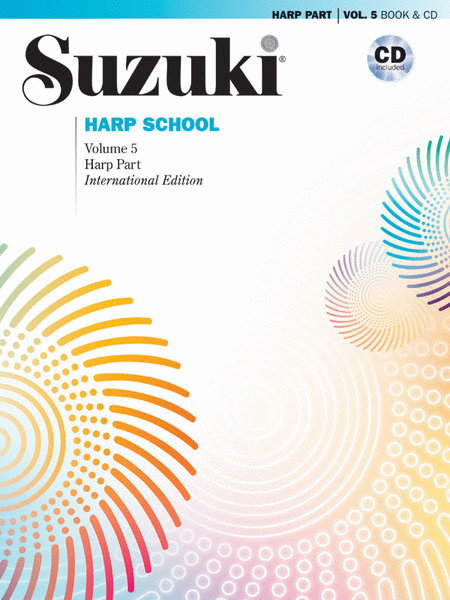
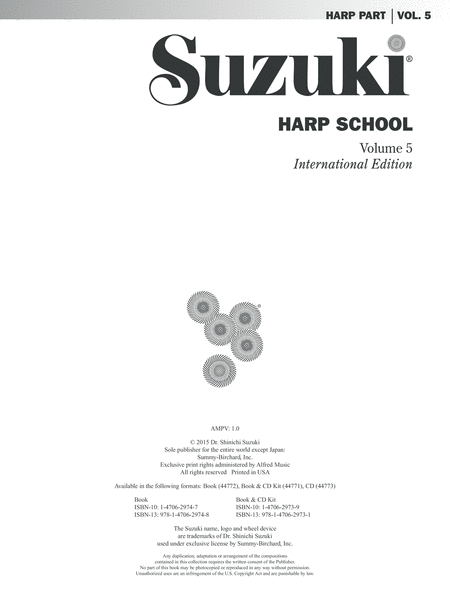
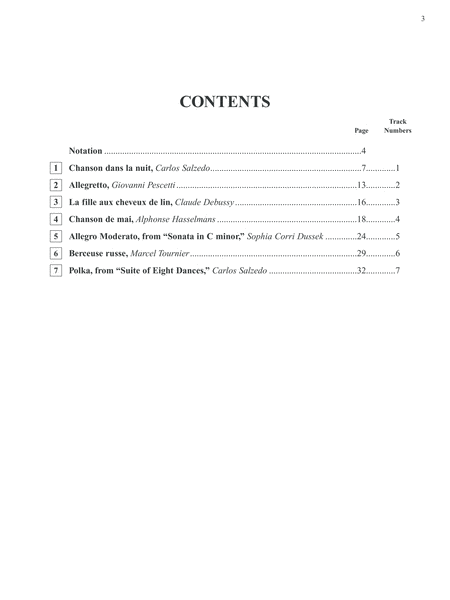
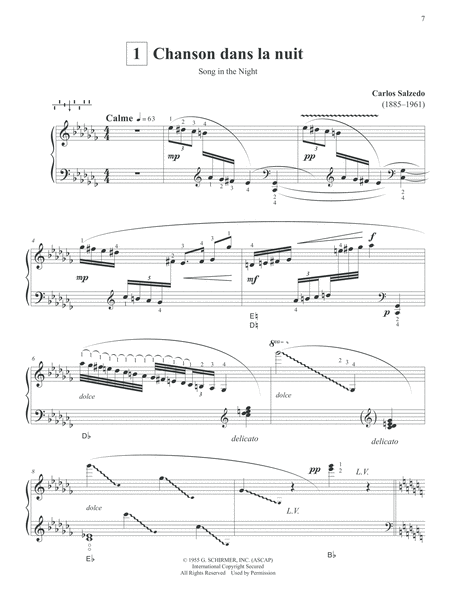
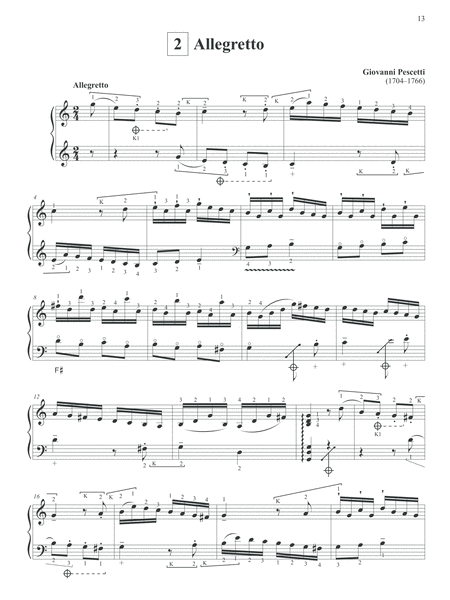
 Share
Share